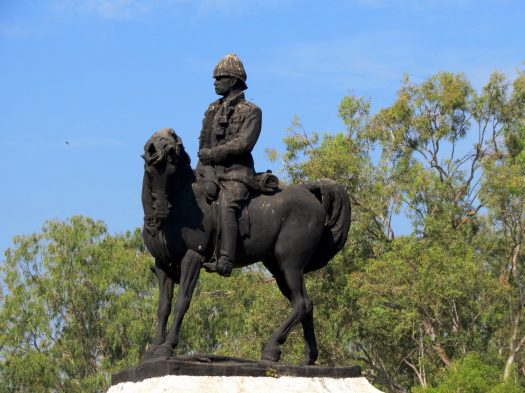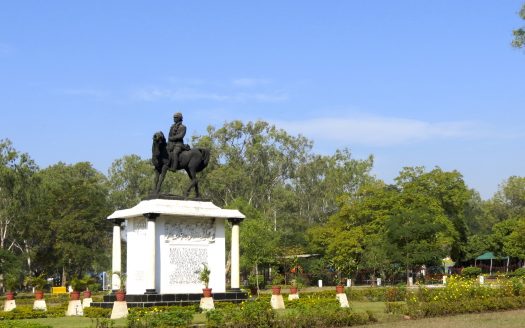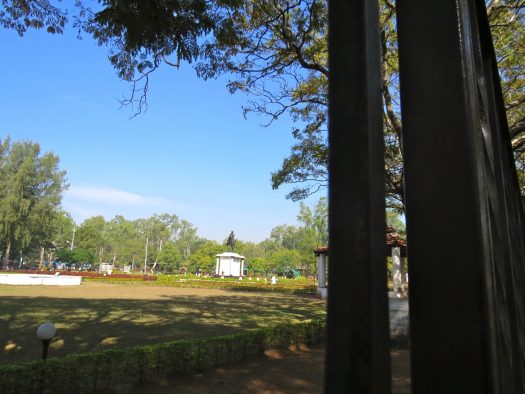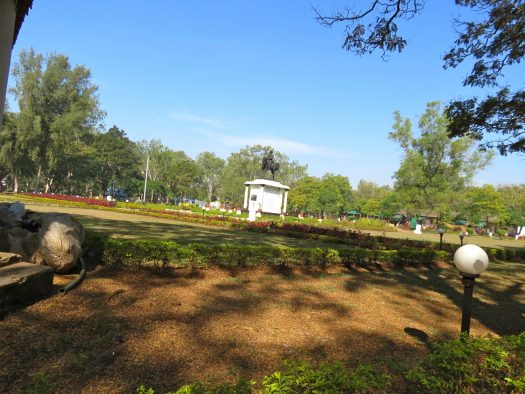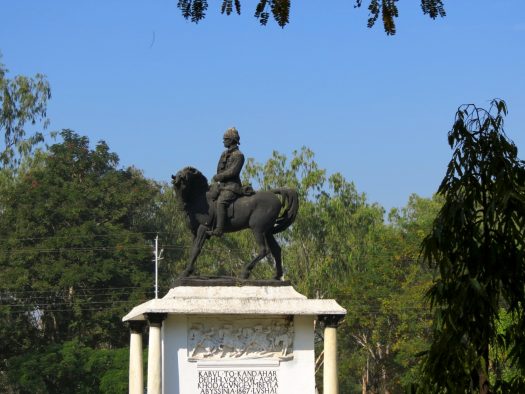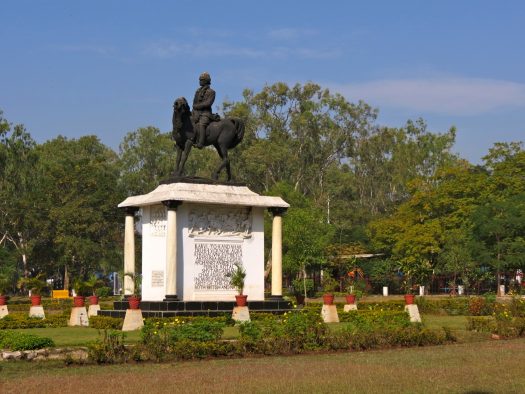Home | Roberts of Kandahar and Waterford
- CountryIndia
- Town:Deolali, Maharashtra
-
Year of creation:1898
- Rider(s):Roberts of Kandahar and Waterford
(1832–1914) was one of the most successful British commanders of the 19th century. He served in the Indian rebellion, theExpedition to Abyssinia and the Second Anglo-Afghan War and led British Forces to success in the Second Boer War. He was the last Commander-in-Chief of the Forces before the post was abolished in 1904. In the India Rebellion Roberts was in action during the siege and capture of Delhi where he was slightly wounded, and present at the relief of Lucknow. Roberts died in St Omer, France, in 1914 while visiting Indian troops fighting in theFirst World War. After lying in state in Westminster Hall (one of two non-Royals to do so during the 20th century, the other being Sir Winston Churchill), he was given a state funeral and was then buried in St. Paul’s Cathedral.
- Sculptor(s):Bates, Harry
The sculptor died in virtual poverty, having chosen to spend his own money on financing the reliefs at the base of the statue. His insistence on completing the project on his own terms, in order to realize his artistic vision, cost him dear in a financial sense. The Calcutta statue should in his opinion have had the figure of Victoria at the front, and War, another seated figure, at the back, as well as a dramatic narrative frieze in bronze, illustrating Lord Roberts’ Afghan campaign. After labouring for four years on the project, the whole work was completed in 1898. Bates’ early, untimely death left his family virtually bankrupt. It is unknown to me as to what happened to the Calcutta pedestal. Fortunately a copy of this, with the panels and friezes that once adorned the original in Kolkata, can still be admired as the base for the replica of the statue in Glasgow (UK).
-
This statue of Roberts of Kandahar and Waterford, on his Arabian charger, Volomel, could not be photographed officially, because it is now on the grounds of an artillery centre in Deolali. It took some time, but in the end I managed to take a picture of it.
This original of the statue of one of the most successful British commanders of the nineteenth century appears rather neglected.
